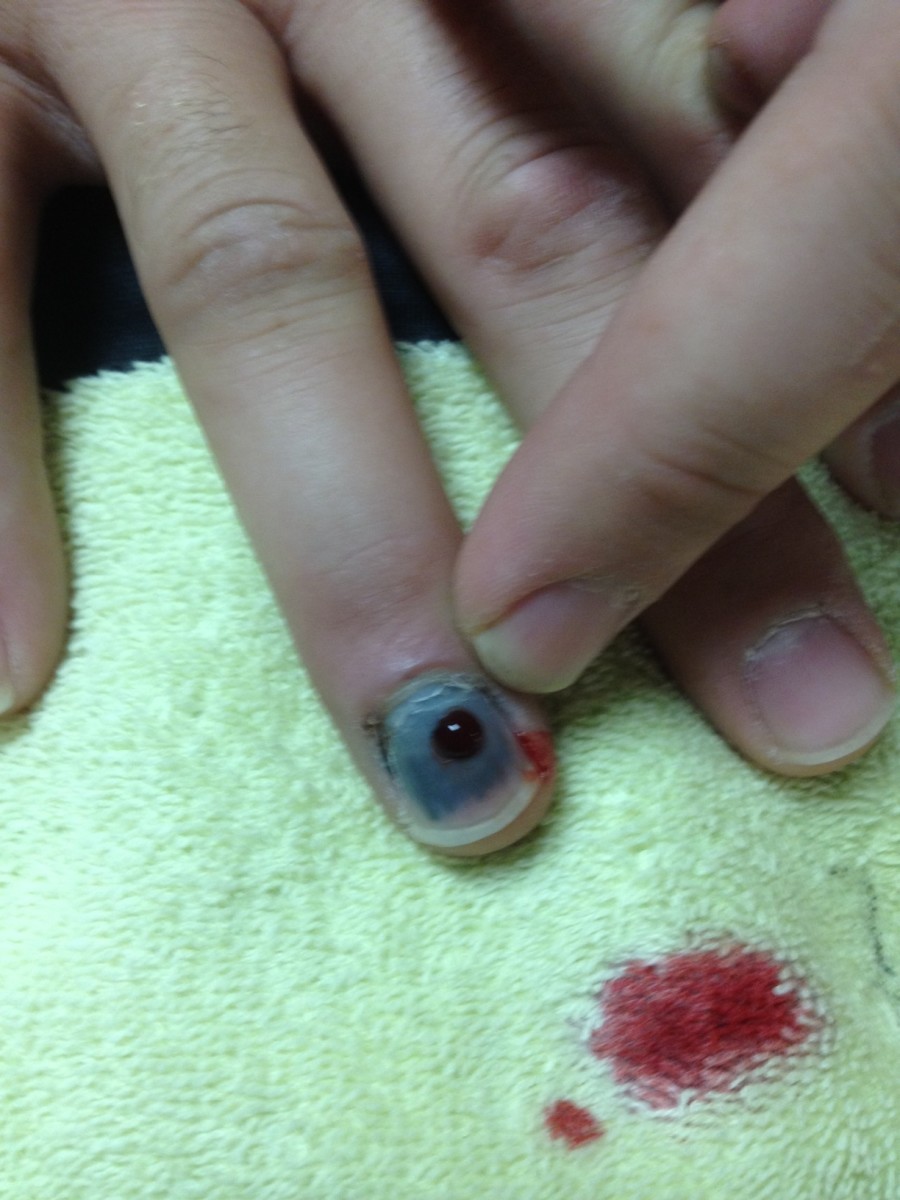How To Respond When Someone Has A Seizure
Seeing someone have a seizure can be very scary. Especially when you don't know what to do to help. Knowing what to do will help get you and the person through the experience easier.
First of all stay calm. Most seizures only last a few minutes. The calmer you can stay the better you will be able to deal with any emergency that may come up. Staying calm also helps when the person comes out of it. When a person comes out of a seizure they can be confused or agitated. If you know the person, he / she may look at you like he doesn't know who you are, how he got where he is, or what you are trying to do to him. He knows he knows you, but he doesn't know who you are. The confusion and / or agitation are normal. It just takes a few minutes for him to understand what is going on.
Stay with him until the seizure is over and he is back to normal. This will keep him safe and ensure no emergency arises. He may need someone to stay with him after it is over. Sometimes a person will have more than one. He will feel safer knowing someone is there. If you cannot stay, find someone who can. After a seizure is over he will be very exhausted and just want to sleep. Let him sleep.
There are different types of seizures. If the person is having a seizure where he falls down and jerks, do not try to hold him down. This can cause injury to the person or you. Instead move anything away from him that he may hit and get hurt by, especially any sharp objects. If he is still moving or walking around and just doesn't seem to be all there, gently and calmly guide him away from or around anything that will hurt him. Calmly try to assist him to sit down. Do not try to make him, demand he do what you want, or get upset. This will only cause more confusion and possibly agitation. He may try to fight you if you get too demanding.
If you can, keep track of how long the seizure lasts, from beginning to end. Also try to keep track of how long it takes him to recover from it. He will need this information for his doctor. If 911 is called they will also need this information.
Make him as comfortable as possible. If he is laying on the floor or ground, try to assist him to lay on his side with his mouth pointed more toward the ground. If he vomits in this position it will drain out of his mouth and not into his lungs. It also helps him breathe easier. If he is wandering around try to guide him to sit down. If he is in the process of falling try to help him to the floor. If you can, support his head so it does not hit the floor or any other object.
Don't put anything in his mouth. Everyone has probably heard to put something in the mouth to keep someone from biting off their tongue or to keep them from swallowing their tongue. They cannot swallow their tongue. They might bite their tongue or cheek. Chances are, if the seizure gets to the point you think you may need to put something in their mouth it is already to late to do it. During some types of seizures a person's muscles will thighten, causing them to clench their jaws. You would have a hard time getting their mouth open. The jaw clenching is the reason you do not want to put anything in their mouth. When they bite down on the object it may break and they may choke on a piece of it, or they may break their teeth.
Do not try to give him any pills, food, or anything to drink unless he is completely awake and alert. If he is still out of it, or in the confused state, he may not swallow anything completely and could end up choking. Liquids can easily end up going into the lungs. If he does appear to be choking turn him on his side and call for help. If he can't clear his lungs, or can't breathe, call 911.
It is also very important to keep onlookers away from the person. When he starts to come out of it he won't know what is going on and more than a few people around will just increase his confusion. If an onlooker is not calm, the person coming out of the seizure may think something is wrong and try to fight those around him. When he starts coming out of a siezure episode he needs someone there talking calmly to him, letting him know what happened. He can also feel embarrased knowing other people have seen him have a seizure. Let him know all is okay and he is safe.
When To Call 911
If the person does not have a history of seizure activity, call 911. Something is going on and they need to see a doctor.
If the seizure lasts longer than five minutes.
If they have one seizure right after another without coming out of one before the next one hits.
If the siezures happen closer together than they normally do.
If any head injury may have happened.
If the person has difficulty breathing or they appear to be choking.
*Note* During a tonic clonic seizure the person's chest muscles may tighten, giving the impression that the person has stopped breathing. As soon as the tonic phase is over the person should start breathing normally. If the person does not start breathing again call 911.
If the seizure happens while the person is in water.
If the person asks for medical help.






